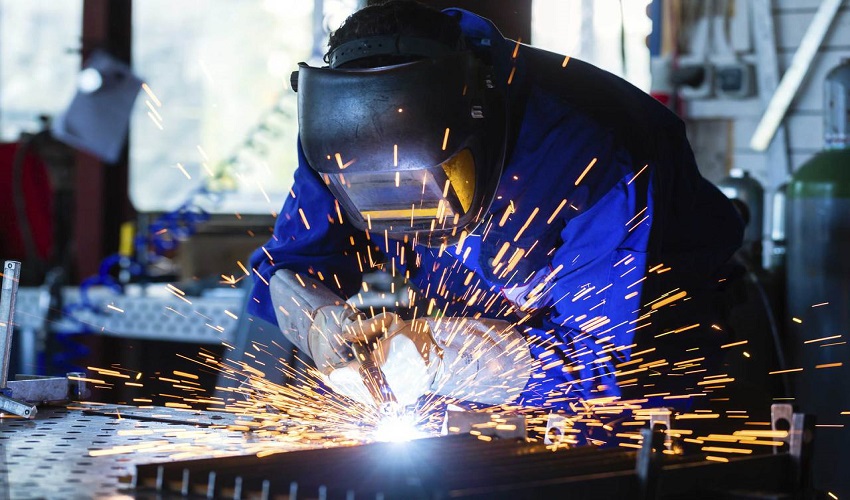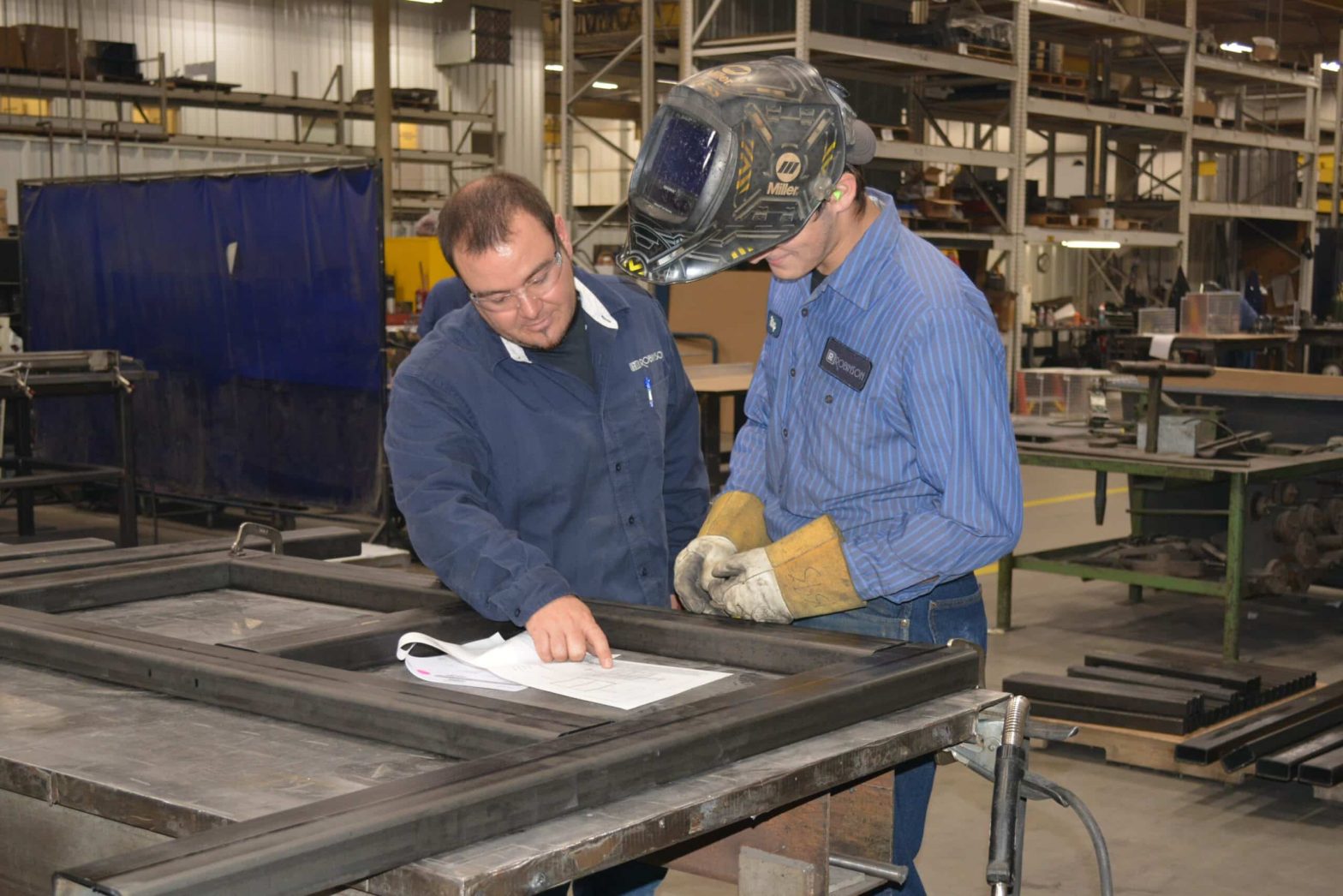A metal that is thinner than sheet metal but thicker than a sheet is classified as sheet metal. Sheet metal may be molded and shaped to fit a variety of applications. Deep drawing or flat rolling are the two most common methods of production.

Lamination on a flat surface
The metal is passed through a roller in the flat rolling process, which decreases the thickness of the metal. This allows for the easy production of big sheets of sheet metal with a wide range of thicknesses. To be flat enough, the metal must be fed through a number of rollers, depending on the desired thickness. The rollers are usually mechanically powered. Because the pressure required to flatten the metal is so high, the rollers must be able to exert enormous forces to produce uniform metal sheets.
Detailed drawing
One of the most prevalent sheets of metal fabrication in Malaysia procedures is deep drawing. Essentially, it entails squeezing the metal until its thickness is sufficiently decreased. This is done with a punch that applies a calculated amount of energy to the metal, resulting in radial metalworking. Because each punch can only compress a specific size of metal, several sizes of presses are utilized to produce different sizes of sheet metal. The punches can be either hydraulically activated or mechanically driven. The punch, on the other hand, must have changeable pressures in order to modify the thickness of the sheet metal being made. The thickness of the metal is reduced while the other two dimensions are increased, resulting in a sheet of metal with no material loss.
The shape of sheet metal
The sheet metal shape can be created in a variety of methods. Rotation and press braking are the two most prevalent types of braking. Press braking is a bending technique in which sheet metal is pushed through a press that compresses it into a V-shaped groove. It’s a tool for bending sheet metal at precise angles. This method is similar to deep drawing in that it applies force to the metal sheet while it remains stationary. In order for the metal to bend properly, the press that drives it into the V-shaped groove must be able to completely match the groove. Cones are examples of things that are rotated. It’s a method of creating axially symmetric pieces by rotating and pressing sheet metal around a mandrel. The high rotation creates a centrifugal force on the metal, which simultaneously thins and increases its radius. The mandrel is used to keep the item in the form. Its purpose is quite similar to the V-shaped groove used in the braking press operation.
Sheet Metal inspection
Because most sheet metal parts (excluding stainless steel parts) require surface treatment, the quality department must perform a pilot run inspection and a mass production inspection before sending the parts out for surface treatment. The operators must crush weld spatter and slag and the inspectors must classify metal components with weld faults during the weld fabrication process, especially for all weld fabricated parts that require powder coating.
Because they are a very cost-effective way to make sheet metal components with standard tools for a wide variety of bend angles, form combinations, and material kinds, CFM Technologies primarily employs the press brake bending machine and the automatic feeder hydraulic stamping machine. CFM Technologies is a diverse solution for manufacturing a variety of sheet metal components, and you can always choose the best manufacturing solutions for the customers to maximize productivity and save costs. You must understand the mechanical properties of sheet metal to get the most out of sheet metal manufacturing.

